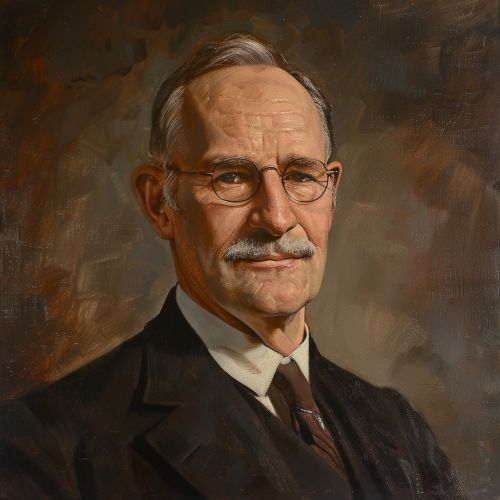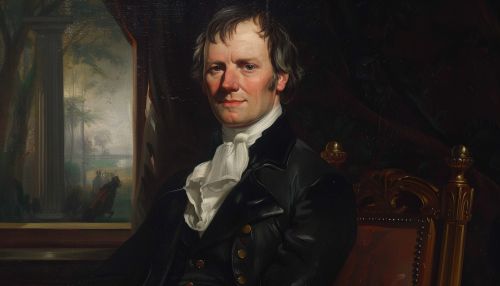Atomic Theory
Historical Development
The concept of the atom as an indivisible component of matter was first proposed by ancient Indian and Greek philosophers. In the 19th century, John Dalton further developed this notion into the first modern atomic theory. Dalton's atomic theory proposed that all matter was composed of atoms, indivisible and indestructible building blocks. While all atoms of an element were identical, different elements had atoms of differing size and mass.


Structure of the Atom
In the early 20th century, the structure of the atom was elucidated using experiments with cathode rays and alpha particles. It was discovered that atoms consist of a dense nucleus surrounded by a cloud of negatively charged electrons. The nucleus, tiny in volume, is composed of positively charged protons and uncharged neutrons (except in Hydrogen-1, which is the only stable nuclide with no neutron). The electrons, while occupying most of the atom's space, are only 1/1836th the mass of a proton.
Quantum Mechanical Model
The current understanding of the atom is based on the quantum mechanical model. This model arose from the limitations of the classical description of electromagnetic radiation, which became apparent in the late 19th century. Quantum mechanics provides a substantially useful framework for many features of the physical world, including the behavior of atoms and molecules that are subject to the rules of quantum physics. In this model, the atom is seen as a tiny, mostly empty space, with an electron cloud that is maintained by electric forces and exists in a series of probabilistic states rather than definite orbits.
Atomic Theory in Chemistry
Atomic theory is a fundamental part of chemistry. It allows chemists to explain why reactions occur and predict outcomes. It provides a conceptual model of how atoms form molecules and how these molecules interact with each other. The atomic theory also helps chemists understand the properties of elements and how to manipulate them to achieve desired materials and reactions.
Atomic Theory in Physics
In physics, atomic theory is crucial in the understanding of electricity, as well as quantum mechanics. It is also essential in the study of nuclear physics, where the interaction of protons and neutrons is key. Furthermore, atomic theory is fundamental in the understanding of how light interacts with matter, as in the case of absorption or emission of photons.
